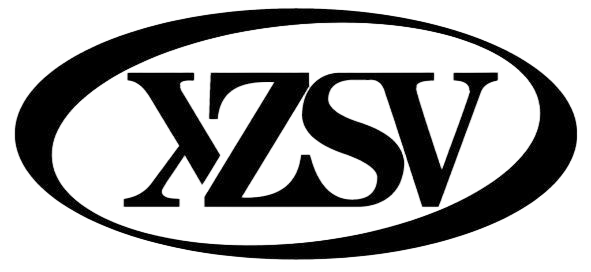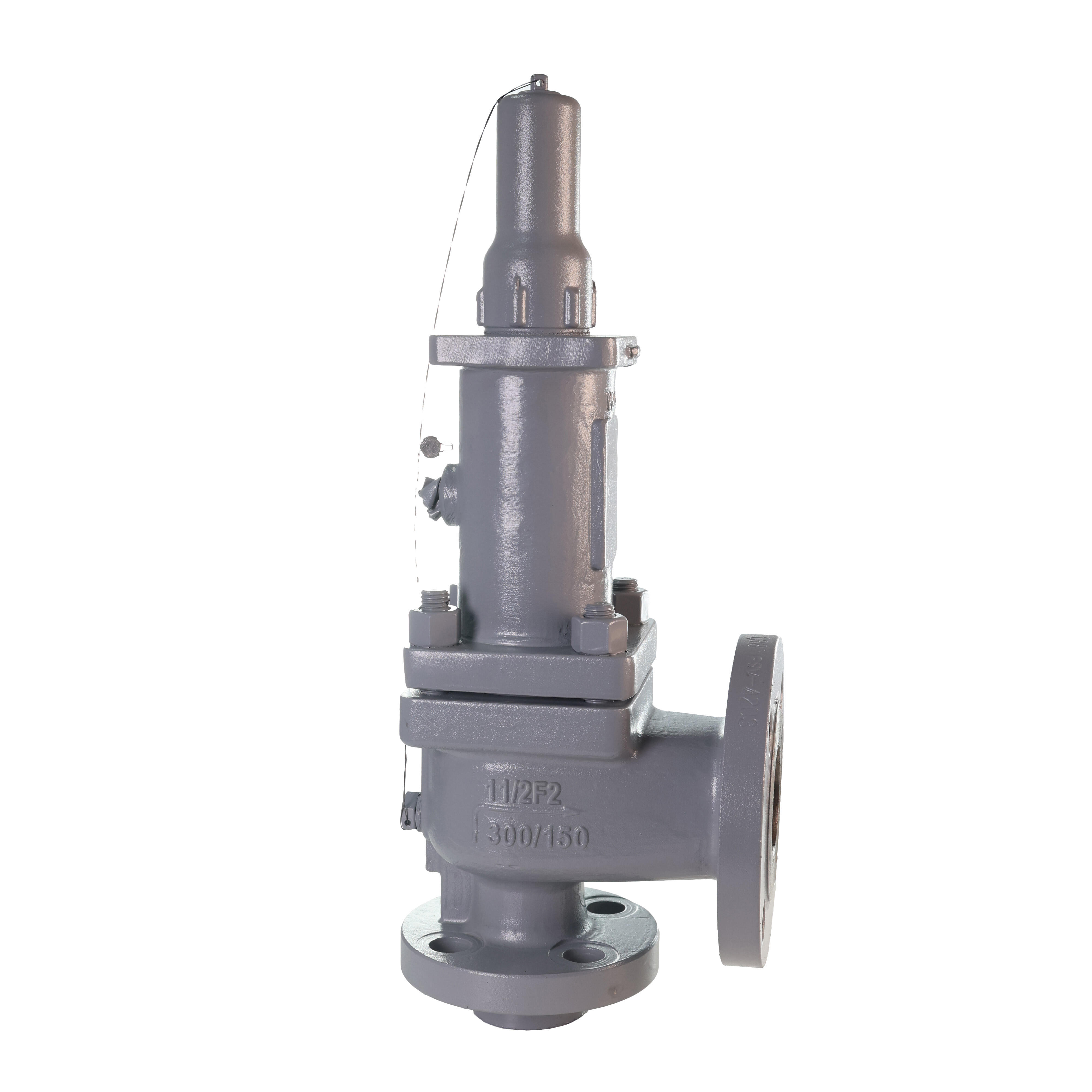Understanding Critical Valve Systems in Industrial Applications
Industrial processes rely heavily on maintaining precise pressure control within systems and equipment. At the heart of these safety mechanisms lie two crucial components: pressure safety valves and relief valves. While often used interchangeably, these distinct valve types serve specific purposes and come with their own set of operational characteristics that engineering professionals must understand.
The proper selection and implementation of pressure control devices can mean the difference between safe operations and potentially catastrophic failures. In this comprehensive guide, we'll explore the fundamental distinctions between pressure safety valves and relief valves, their specific applications, and the critical factors that influence their selection.
Core Components and Operational Mechanisms
Pressure Safety Valve Construction and Operation
A pressure safety valve represents the last line of defense in pressure protection. Its construction typically includes a spring-loaded disc held against a nozzle by spring force. The valve remains closed until system pressure reaches a predetermined set point. When this occurs, the pressure safety valve automatically opens to release excess pressure, protecting the system from potential damage.
The key components of a pressure safety valve include the valve body, spring, disc, and nozzle. Modern designs often incorporate additional features such as lifting levers for testing and maintenance purposes. The spring tension determines the pressure at which the valve will activate, making precise calibration essential for proper operation.
Relief Valve Design Elements
Relief valves, while similar in basic function, employ different mechanical principles. These valves typically utilize a pilot-operated system that offers more precise control over pressure release. The main components include a main valve, pilot valve, and sensing line that monitors system pressure.
Unlike pressure safety valves, relief valves can be designed to open gradually and proportionally to the pressure increase. This characteristic makes them particularly suitable for applications where maintaining specific pressure ranges is crucial, rather than just preventing system overpressure.
Performance Characteristics and Safety Standards
Response Time and Activation Patterns
The response characteristics of pressure safety valves and relief valves differ significantly. Pressure safety valves are designed for rapid, full-opening response when the set pressure is reached. This immediate action is crucial in emergency situations where quick pressure relief is essential to prevent equipment damage or failure.
Relief valves, conversely, can be engineered to respond more gradually, opening proportionally to the pressure increase. This controlled response helps maintain system stability and reduces the likelihood of pressure surges that could damage sensitive equipment.
Regulatory Compliance and Certification Requirements
Both valve types must adhere to strict industry standards and safety regulations. Pressure safety valves typically fall under ASME Section VIII requirements for pressure vessels, while relief valves may be governed by additional standards depending on their application. Certification requirements often include regular testing and documentation of valve performance.
Maintenance protocols and testing frequencies vary between the two valve types, with pressure safety valves generally requiring more frequent inspection due to their critical safety role. Documentation of these maintenance activities is essential for regulatory compliance and insurance purposes.
Application-Specific Considerations
Industrial Process Applications
In chemical processing plants, pressure safety valves are commonly installed on reaction vessels and storage tanks where sudden pressure spikes could occur. Their rapid response characteristics make them ideal for protecting against unexpected process upsets or equipment malfunctions.
Relief valves find extensive use in fluid handling systems where pressure control needs to be more precise and gradual. This includes applications such as pump discharge lines, where maintaining specific pressure ranges is crucial for optimal system performance.
Specialized Industry Requirements
Different industries have unique requirements that influence valve selection. The pharmaceutical industry, for example, often requires pressure safety valves with specific materials and surface finishes to maintain product purity. The oil and gas sector may need valves capable of handling high-temperature, high-pressure services with corrosive media.
Power generation facilities typically employ both valve types in different areas of their operations. Pressure safety valves protect steam generators and pressure vessels, while relief valves manage pressure in various auxiliary systems.
Selection Criteria and Installation Guidelines
System Analysis and Sizing Considerations
Proper valve selection begins with a comprehensive analysis of the system requirements. This includes calculating required flow rates, understanding pressure ranges, and identifying potential upset conditions. The sizing of pressure safety valves must account for worst-case scenarios, while relief valves can be sized based on normal operating conditions plus a safety margin.
Environmental factors, such as back pressure and temperature variations, must also be considered during the selection process. These factors can significantly impact valve performance and reliability over time.
Installation Best Practices
Correct installation is crucial for both valve types to function as intended. Pressure safety valves should be installed vertically and as close as possible to the protected equipment. Proper inlet and outlet piping design is essential to minimize pressure drops and ensure efficient operation.
Relief valves require careful consideration of sensing line placement and protection against vibration or mechanical damage. Installation locations should allow easy access for maintenance and testing while protecting the valve from environmental factors that could affect its performance.
Frequently Asked Questions
What is the main difference between a pressure safety valve and a relief valve?
The primary distinction lies in their operation and response characteristics. Pressure safety valves are designed for rapid, full opening at a set pressure point to provide emergency protection, while relief valves can operate more gradually and proportionally to pressure changes, offering more precise pressure control.
How often should these valves be tested and maintained?
Pressure safety valves typically require testing and maintenance at least annually, though specific intervals depend on the application and regulatory requirements. Relief valves may have longer maintenance intervals but should be inspected regularly as part of preventive maintenance programs.
Can pressure safety valves and relief valves be used interchangeably?
While both valve types provide pressure protection, they are not interchangeable due to their different operating characteristics and design purposes. The specific application requirements, including response time needs and pressure control precision, should determine which type is appropriate.
What factors affect the selection of valve materials?
Material selection depends on several factors including process fluid compatibility, operating temperature range, corrosion resistance requirements, and pressure ratings. Industry-specific standards and regulations may also dictate acceptable materials for certain applications.


